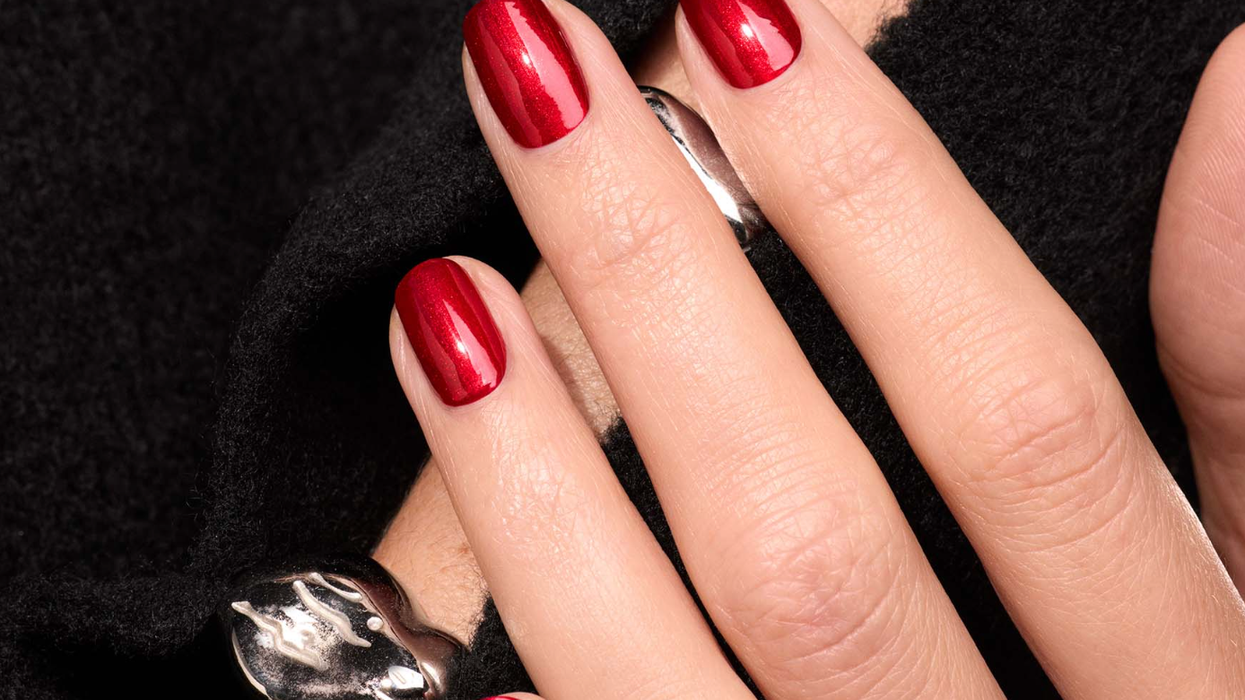Your closet and indoor garden are about to have a lot in common.
5 Trendy Indoor Plants (and How Not to Kill Them)
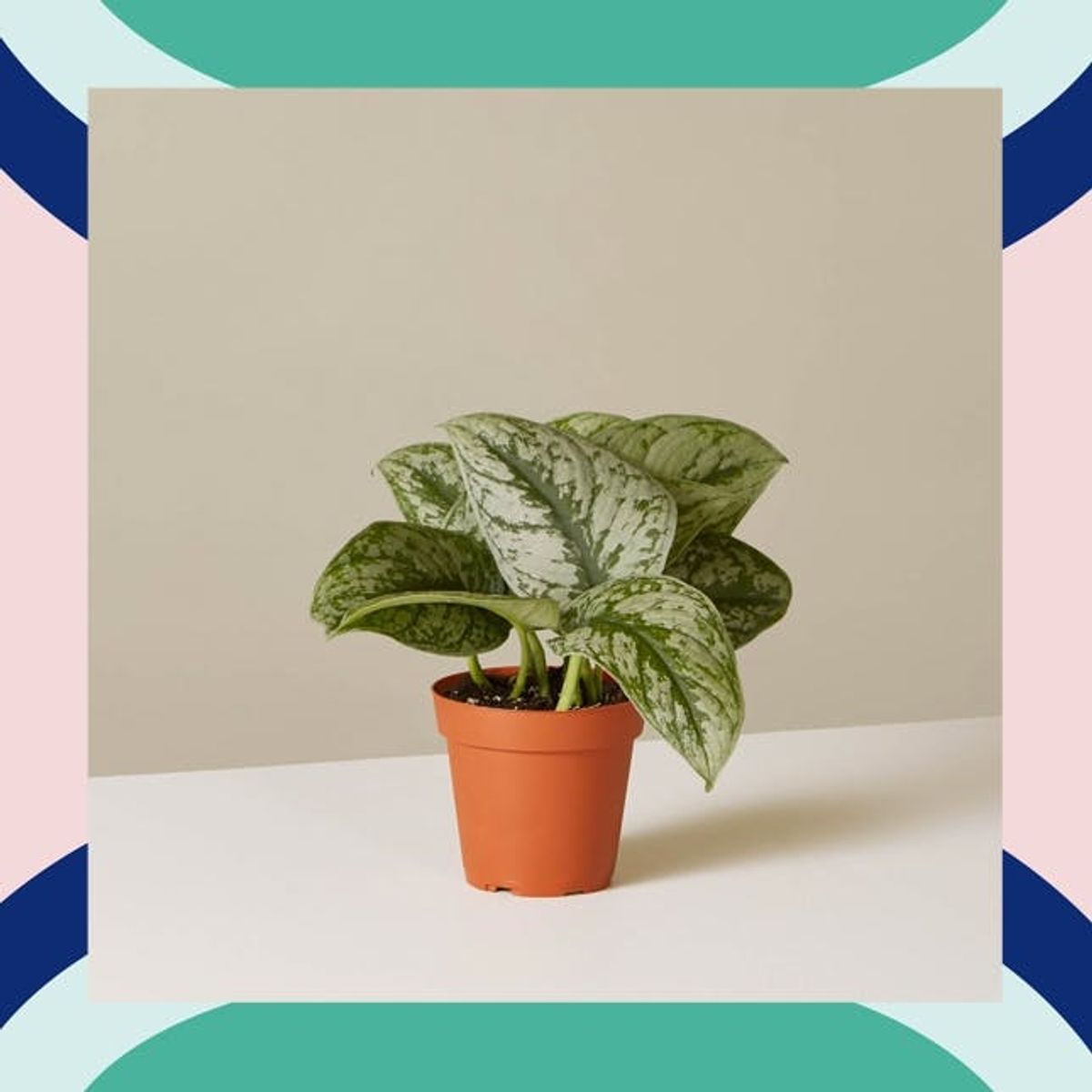
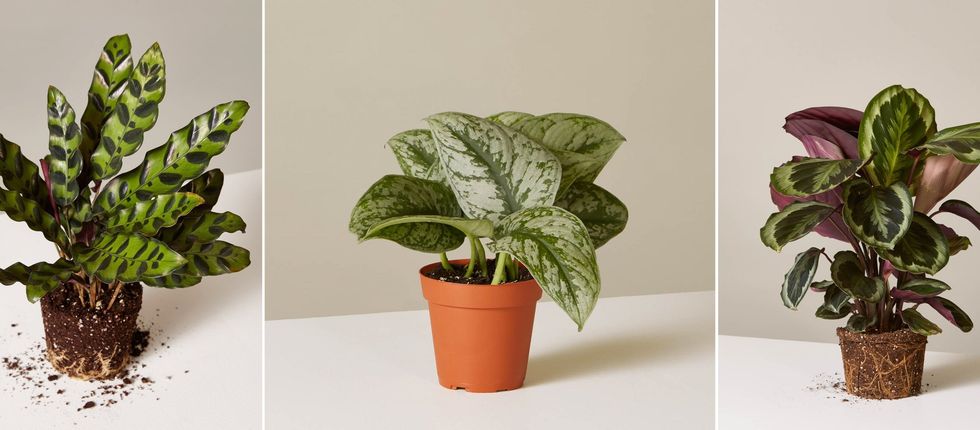
While you're updating your space, be sure to pay special attention to your indoor garden. We asked Erin Marino — plant enthusiast, Brit + Co guest editor, and director of brand marketing at The Sill — what's trending for houseplants. And just like in our closets, moody hues and patterns are going to be all the rage.
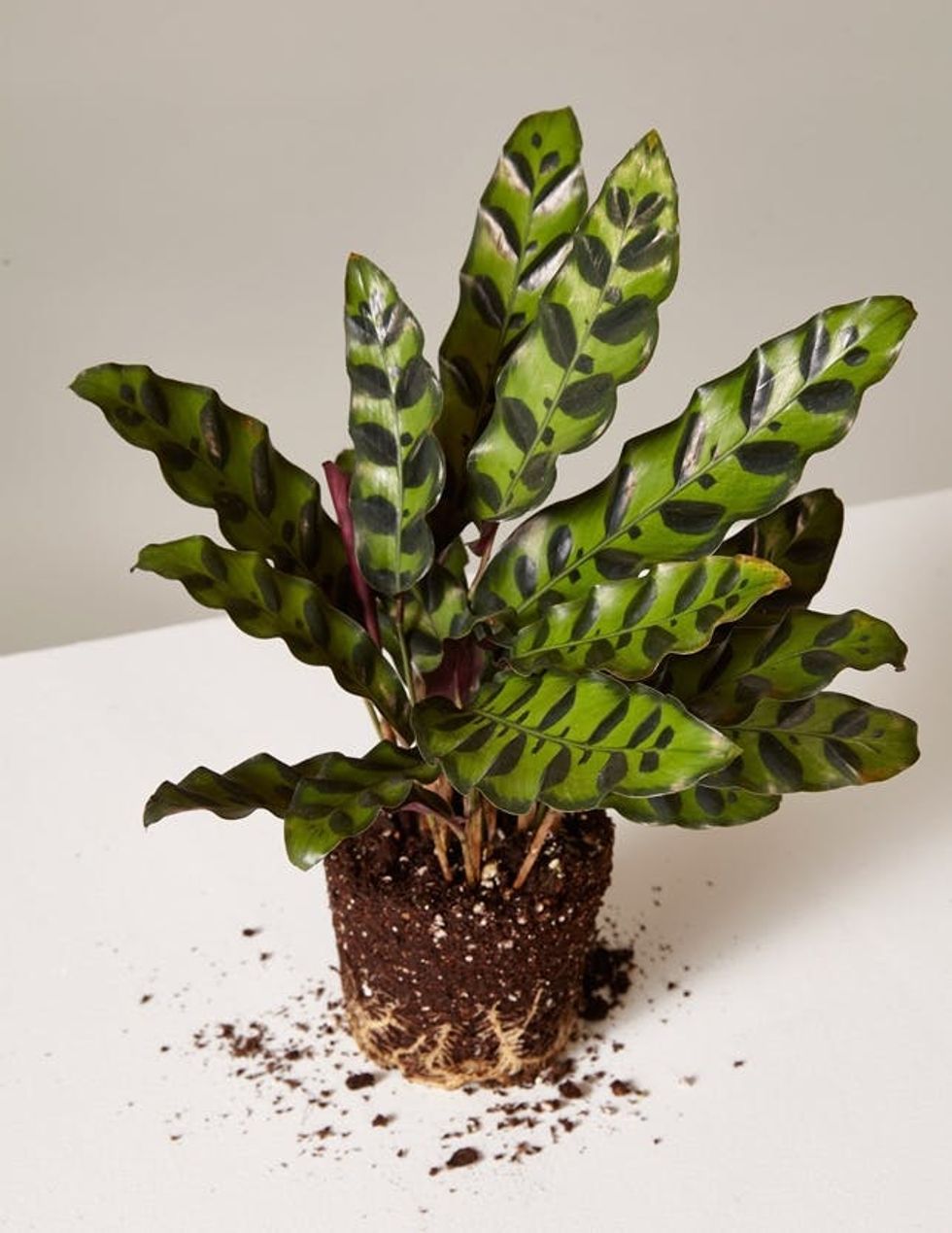 Calathea Rattlesnake: This lush plant adds serene brushstrokes and dark purple to your collection. Keep in medium, indirect sunlight and water every 1 to 2 weeks when the potting mix is half-dry. Pro tip: They especially love filtered water.
Calathea Rattlesnake: This lush plant adds serene brushstrokes and dark purple to your collection. Keep in medium, indirect sunlight and water every 1 to 2 weeks when the potting mix is half-dry. Pro tip: They especially love filtered water.
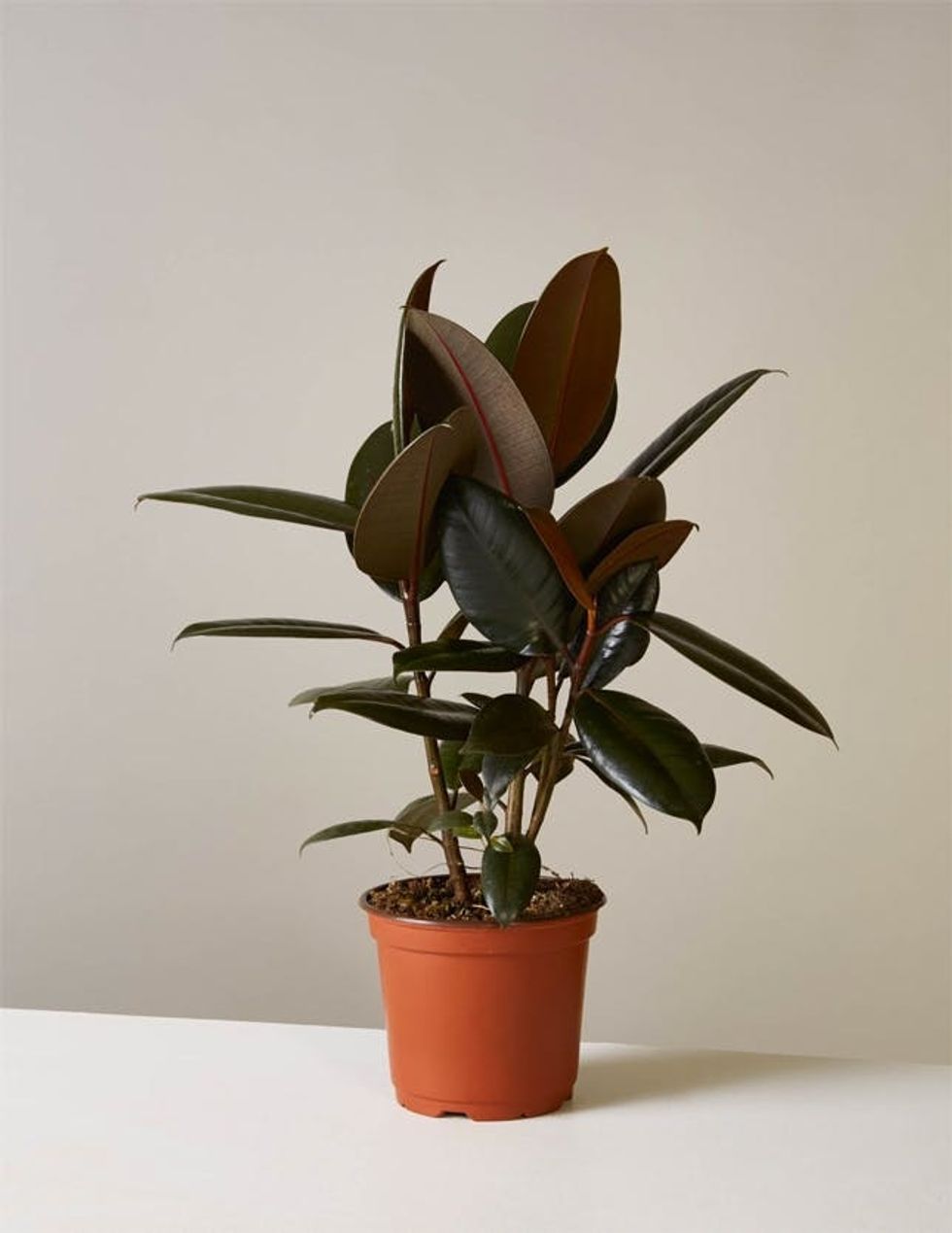
Burgundy Rubber Tree: Jewel tones aren't just a closet staple. Keep these dark, glossy leaves looking fresh by displaying 'em in medium light and watering once weekly.
 Pothos Satin: The pothos loves bright, indirect light year round, so it's pretty safe to put them just about anywhere. Water it weekly, and don't worry if you forget — this plant can deal if you miss a week.
Pothos Satin: The pothos loves bright, indirect light year round, so it's pretty safe to put them just about anywhere. Water it weekly, and don't worry if you forget — this plant can deal if you miss a week.
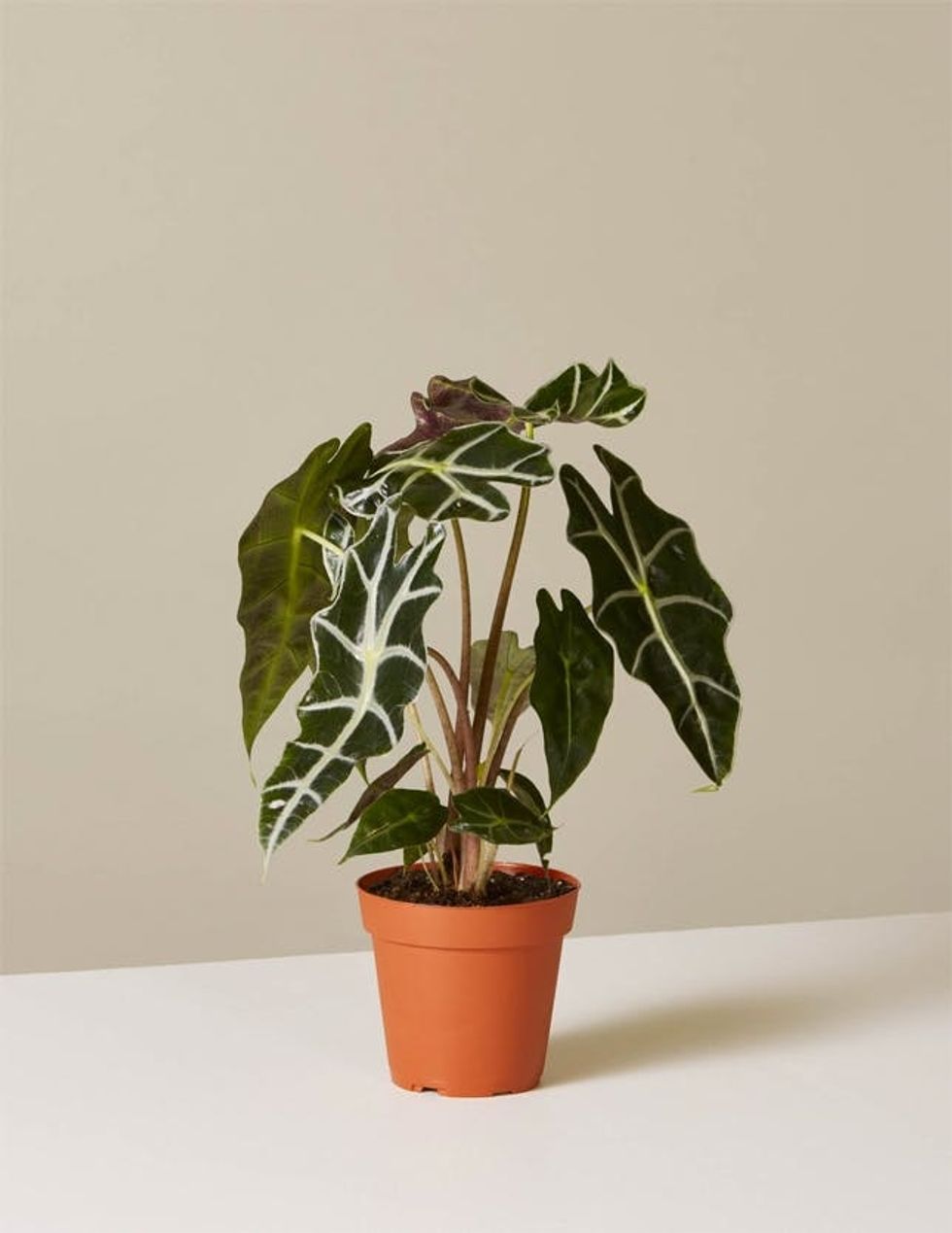 Alocasia Polly: Leave the windowsill for your cactus collection and stash this plant in medium, indirect light. Consider keeping it on the counter to add pattern in the bathroom — it thrives in warm temperatures and consistent humidity.
Alocasia Polly: Leave the windowsill for your cactus collection and stash this plant in medium, indirect light. Consider keeping it on the counter to add pattern in the bathroom — it thrives in warm temperatures and consistent humidity.
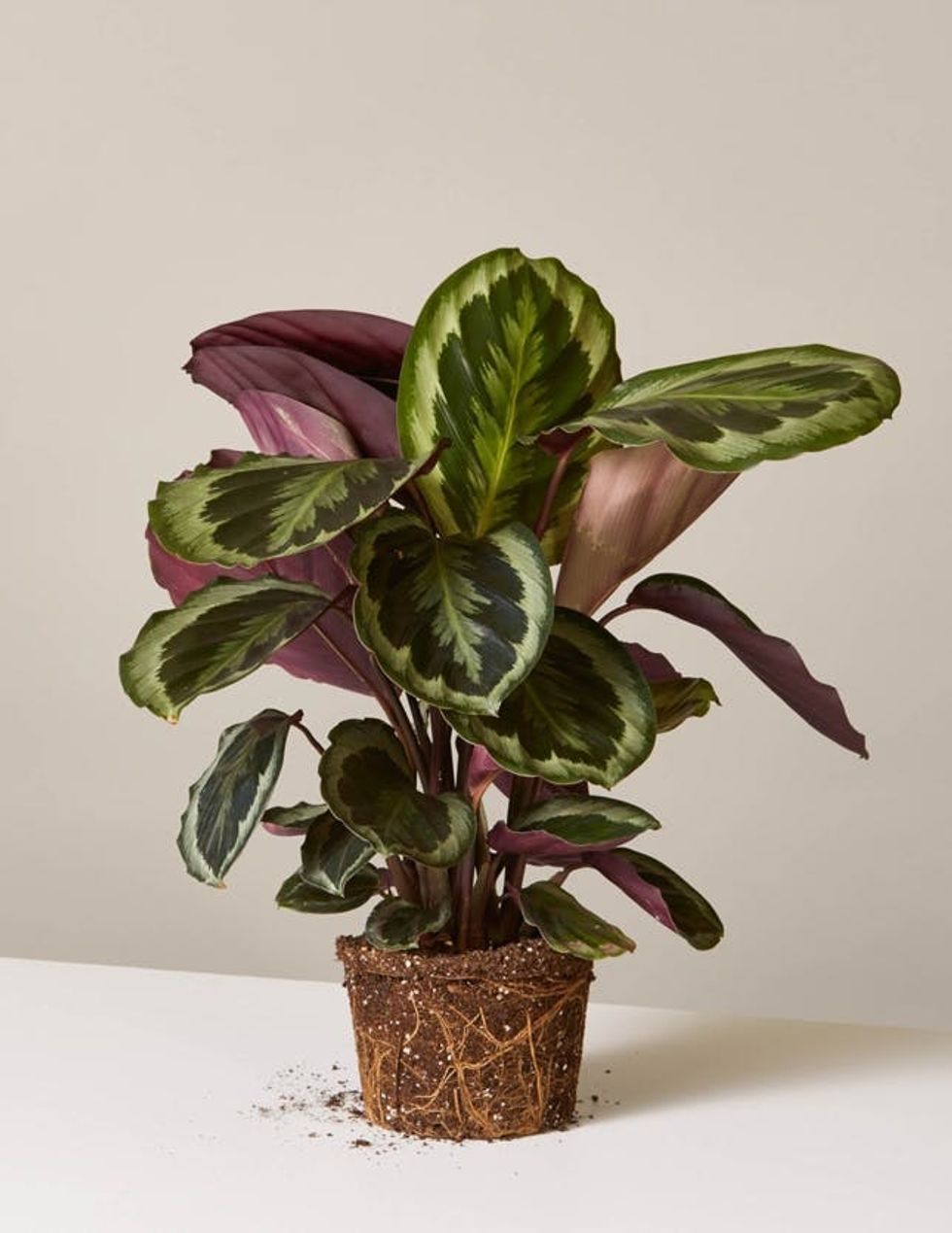 Calathea Medallion: Also known as the peacock plant, this patterned foliage is sure to mix things up in your collection. Water it every 1 to 2 weeks when the mix is half-dry, and be sure to share your filtered water because they love it. When the leaves look a little brown, increase the humidity.
Calathea Medallion: Also known as the peacock plant, this patterned foliage is sure to mix things up in your collection. Water it every 1 to 2 weeks when the mix is half-dry, and be sure to share your filtered water because they love it. When the leaves look a little brown, increase the humidity.
Do you have any plant care questions for Erin? Let us know the advice, tips, or inspo you're looking for by tweeting us @BritandCo.
Brit + Co may at times use affiliate links to promote products sold by others, but always offers genuine editorial recommendations.
(Photos via The Sill)
This post has been updated.










